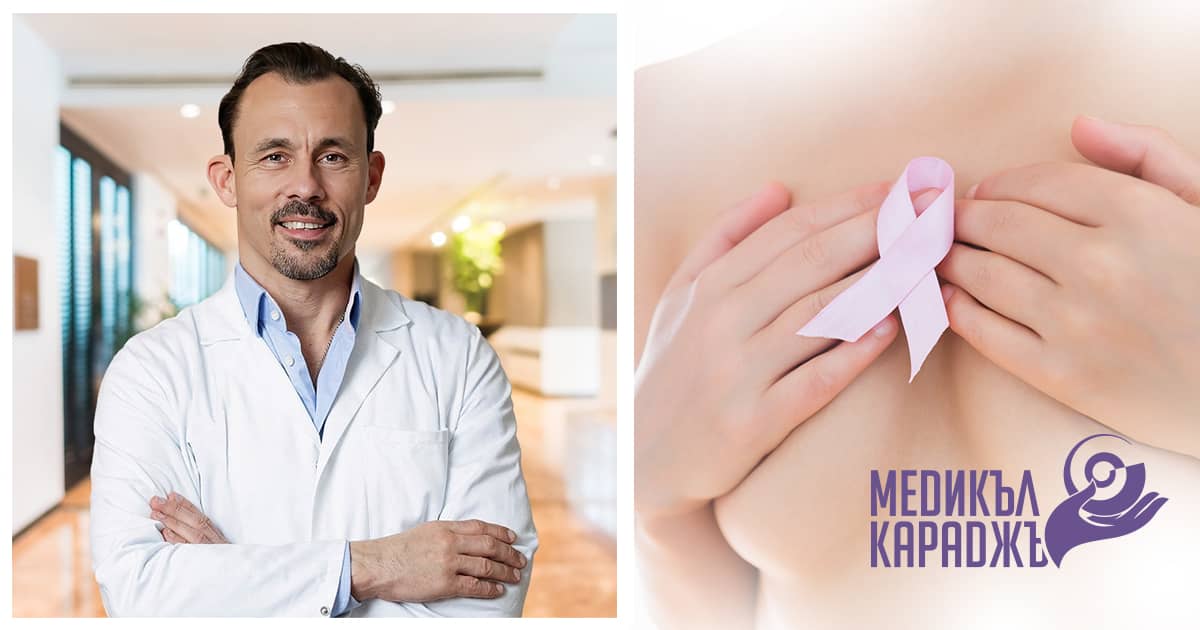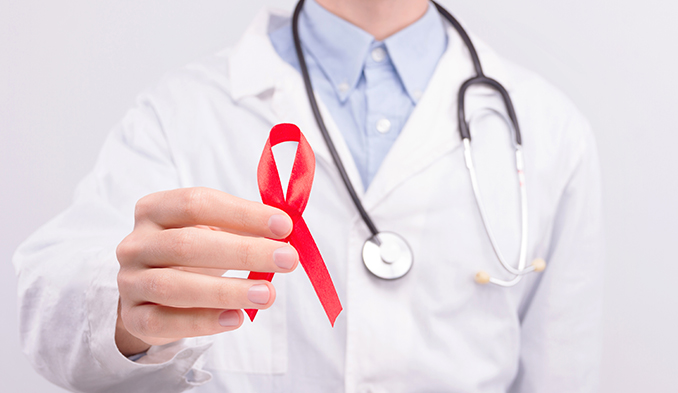-
Professor Fitzal, what are the key risk factors for breast cancer?
Risk factors in breast cancer - the biological subtype is crucial and there are four types - triple negative, her2 positive, Luminal A and Luminal B. Triple negative and her2 positive are the highest risk. The condition of the lymph nodes is also crucial for the occurrence of distant metastases. Early diagnosis and timely biopsy are of utmost importance in the treatment of breast cancer.
-
There are genetic tests that detect mutations in the BRCA1 and BRCA2 genes. What percentage of women with harmful inherited mutations specifically in these genes develop breast cancer?
BRCA1 and BRCA2 are the genes responsible for tumour suppressor proteins. The genetic tests in question are extremely important as they provide the necessary information about the mutations. About 75% of women between 25 and 60 years of age who have a BRCA mutation present are at risk of developing breast cancer. In ladies without gene mutations, the risk is 12%.
-
With the mutation of the identified genes, would you refer your patients to undergo mastectomy as a method of prevention?
Austrian legislation prohibits the promotion of surgery as prophylaxis. This choice should be left to the patient. It is important to note, however, that after prophylactic mastectomy the risk of developing cancer drops from 75% to 10%. Therefore, many women under 50 choose to undergo the procedure.
I believe that prophylactic oophorectomy, i.e. surgical removal of an ovary, is more crucial for ladies over 40. The same gene mutations affect the risk of developing ovarian cancer, but unlike breast cancer, ovarian cancer is harder to detect. Every year around 100 women consult us and undergo testing for BRCA mutations, upwards of 10% of them turn out to have mutated genes.
-
Why is early prevention and diagnosis important to avoid most risk factors for breast cancer?
Timely prophylaxis allows breast cancer to be detected below 2 centimetres and without metastasis to the lymph nodes. When cancer is diagnosed at an early stage, the chance of a complete cure increases significantly and mortality drops by 30-40%. These are facts you can find in the most prestigious medical journals.
-
What are the typical signs of breast cancer that women should watch for? Is breast pain among them?
Retraction of the skin and a palpable lump that does not cause pain are usual, but these are signs appearing in the late stages of the disease. Most often, patients do not suffer from any clinical symptoms, which is why mammography and ultrasound play a large role in early diagnosis. Pain is not among the typical symptoms of breast cancer.
-
What are the first steps patients diagnosed with breast cancer should take?
Each patient should choose a specialist to accompany them through all stages of treatment. A proper radiological examination, histology and biopsy are the initial steps.
-
Given all the risk factors for breast cancer, what is its modern treatment?
Treatment is divided into two types - local by surgery or radiotherapy and systemic by chemotherapy or endocrine treatment. Innovative products and techniques are being developed for immediate breast reconstruction, which benefits women who have undergone mastectomy because it was necessary.
In addition, there have been innovations in medications for patients with metastasis, examples being PDK inhibition as well as PDL1 and PIK3Ca inhibitors. A recent discovery is a drug applicable to the most aggressive cases of her2 type breast cancer in women with or without metastasis. The drug (TDM1) delivers chemotherapeutics only to the cancer cell and so side effects on healthy cells are reduced.











